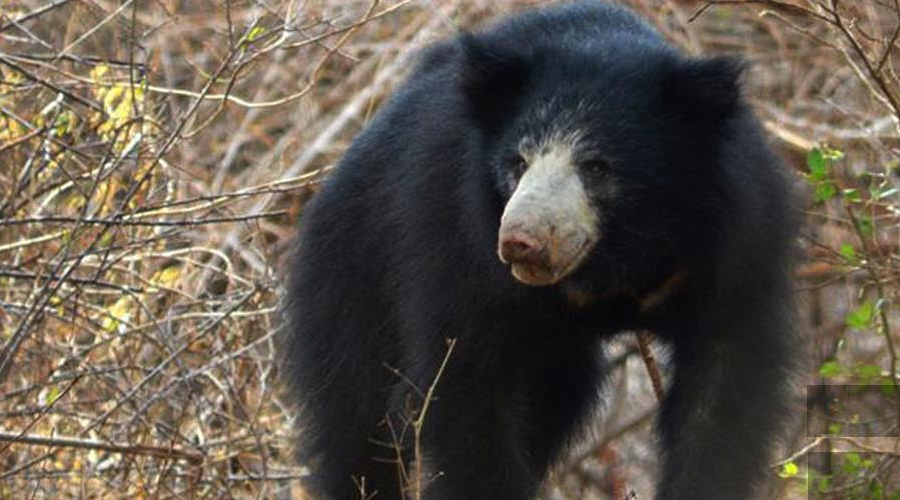The island’s biggest national park is also its oldest protected area. Covering an expanse of 1,317 square kilometres, Wilpattu National Park, 180km north of Colombo, was originally declared a sanctuary back in 1905, and upgraded to national park status in 1938. For a long time during the island’s civil war, Wilpattu was closed to visitors due to its thick jungle and strategic position on the northwest coast. However,the advent of peace has seen visitors flocking back to Wilpattu to seek out its exciting wildlife, which includes leopards, elephants and sloth bears. Although it is gaining as good a reputation for wildlife viewingas Yala National Park in the southeast of the island, it is not nearly as busy so that safaris through the park are both peaceful and rewarding.
Wilpattu’s complex of villus (natural sand-rimmed water depressions that fill with rainwater) is a unique feature of the park and they are flanked by dry scrubby lowland jungle, sandy red pathways and expansive plains. Aside from potential sightings of the big three (leopards, bears and elephants) you can also expect to see wild boar, spotted deer, barking deer, water buffalo and mugger crocodiles. And, along with many species of owls, terns, gulls, eagles, kites and buzzards, endemic bird life in the park includes the brown-capped babbler, the Ceylon woodshrike and black-capped bubul. Safaris into the park are best in February and October, and usually conducted in the cooler hours of dawn and late afternoon when wildlife is most active.
Wilpattu is also a famous historical site. According to the Mahavamsa – a historical poem written in the Pali language of the kings of Sri Lanka – the red copper coloured beaches (thambapanni) of Kudrimalai Point (Horse Point) are famed for being the celebrated landing spot of Prince Vijaya in 543BC, the founding father of the Sinhalese race.

